Optimizing DTF Production: From Design to Efficient Order Fulfillment
Direct-to-Garment (DTF) transfer and printing technology is revolutionizing custom apparel by offeri…….
In today’s fast-paced global economy, the concept of ‘turnaround time’ has become a critical factor in various industries, particularly in international trade and financial services. This article delves into the intricate world of DTF (Document Transfer) transfer turnaround time—a metric that measures the efficiency and speed of transferring essential business documents across borders. Understanding this process is vital for businesses, logistics companies, and governments alike, as it directly impacts international trade flows, investment decisions, and overall economic performance. This analysis aims to provide a comprehensive guide, exploring various facets of DTF transfer turnaround time, its global implications, and potential strategies for improvement.
DTF transfer turnaround time refers to the duration required to facilitate the secure and efficient transmission of commercial documents, such as invoices, contracts, shipping papers, and customs declarations, between two or more entities across different jurisdictions. This process involves multiple steps:
Document Preparation: The initial stage includes creating or gathering necessary business documents, ensuring they adhere to legal requirements in both sending and receiving countries.
Data Capture and Digitization: Critical information from these documents is extracted and converted into a digital format, often using Optical Character Recognition (OCR) technology to ensure accuracy.
Data Validation: This step involves checking the data for errors, inconsistencies, or missing information to maintain data integrity.
Document Routing: The digitized documents are then routed through various systems and networks, including secure servers, email, or specialized document transfer platforms.
Receipt Confirmation: Upon delivery, the receiving party confirms the receipt of the documents, triggering further actions like payment processing, customs clearance, or contract execution.
The concept of efficient document transfer has evolved significantly over the past few decades, driven by technological advancements and globalization. Historically, traditional paper-based processes dominated international trade, often leading to lengthy delays, high costs, and inefficiencies. The introduction of digital technologies, especially during the late 20th century, revolutionized document transfer. Electronic data interchange (EDI) systems emerged as an early attempt to streamline document exchange, allowing for faster and more accurate transmissions. However, with the rise of the internet and cloud computing, the process has further transformed into a seamless digital experience.
Today, DTF transfer turnaround time is a critical performance indicator for many businesses, particularly in sectors like international trade, logistics, finance, and supply chain management. Efficient document handling enables:
Faster Trade: Reduced turnaround times mean goods can be moved through the supply chain more rapidly, leading to quicker delivery to end-users.
Cost Savings: Less time spent on document processing translates to lower operational costs for businesses.
Enhanced Risk Management: Faster transfers allow companies to respond promptly to market changes or disruptions, minimizing potential risks.
Improved Customer Satisfaction: Efficient document handling contributes to better customer experiences by ensuring timely deliveries and accurate transactions.
DTF transfer turnaround time has a profound global impact, influencing international trade patterns, investment flows, and economic development. Countries with more efficient document transfer systems tend to dominate in global trade, attracting foreign investments and fostering economic growth. For instance:
Asia Pacific: Countries like Singapore, Japan, and South Korea have established themselves as major hubs due to their advanced digital infrastructure and efficient document transfer processes, facilitating seamless regional and global trade.
Europe: The European Union (EU) has implemented standardized electronic document systems across member states, enhancing trade freedom and efficiency within the bloc.
North America: The United States, with its robust digital infrastructure, remains a significant player in international trade, relying on efficient document transfer to maintain its economic position.
Regional variations in DTF turnaround times highlight the influence of cultural, political, and economic factors:
| Region | Average Turnaround Time (in days) | Key Factors |
|---|---|---|
| North America | 2-3 | Advanced digital infrastructure, robust legal frameworks, and a culture of efficiency. |
| Western Europe | 1.5-2 | Well-developed IT systems, harmonized regulations, and strong cross-border cooperation. |
| Asia Pacific (Leading Economies) | 1-1.5 | High digital penetration, government initiatives to streamline processes, and robust logistics networks. |
| Emerging Markets | 3-5 | Varying levels of digital infrastructure, bureaucratic hurdles, and inconsistent legal frameworks. |
The ongoing digitalization of global supply chains further emphasizes the importance of efficient DTF transfer. According to a World Bank report (2021), countries that have embraced digital trade solutions have experienced significant growth in export performance, with efficient document transfer being a key enabler. As more economies adopt e-commerce and digital technologies, the demand for streamlined document processes will continue to rise.
DTF transfer turnaround time plays a pivotal role in market dynamics, especially in international trade:
Competitive Advantage: Companies with faster document transfer times can offer more competitive pricing and delivery schedules, gaining a significant edge over rivals.
Supply Chain Optimization: Efficient DTF processes contribute to optimized supply chains, allowing businesses to reduce inventory levels, improve stock rotation, and lower storage costs.
Foreign direct investment (FDI) flows are heavily influenced by a country’s ability to facilitate efficient document transfer:
Multinational Corporations: These companies seek countries with robust digital infrastructure and streamlined document processes to establish operations, ensuring quick market entry and easier compliance.
Investment Climate: Governments often use DTF turnaround time as an indicator of their investment climate, implementing reforms to attract FDI by enhancing process efficiency.
For businesses, reducing DTF turnaround times can lead to substantial cost savings:
Lower Operational Costs: Faster document processing reduces the need for manual labor, minimizing administrative expenses.
Revenue Opportunities: Efficient supply chain management enabled by quick DTF can open up new revenue streams through improved product availability and faster time-to-market.
Adopting advanced technologies is a primary strategy to enhance DTF transfer efficiency:
Cloud-Based Systems: Cloud computing offers secure, scalable, and cost-effective solutions for document storage, retrieval, and transmission.
Artificial Intelligence (AI): AI-powered systems can automate data extraction, validation, and routing processes, significantly reducing manual interventions.
Blockchain Technology: This decentralized system ensures data integrity and security, streamlining document verification and tracking.
Optimizing the DTF process involves:
Standardization: Developing standardized document formats and protocols across industries and jurisdictions simplifies the transfer process and reduces errors.
E-Signature Adoption: Digital signatures enhance document authenticity and streamline the approval process, allowing for faster transactions.
Risk Management: Implementing robust risk assessment frameworks helps identify potential delays or bottlenecks, enabling proactive measures to mitigate risks.
Harmonizing regulations across borders facilitates smoother document transfer:
Cross-Border Data Sharing Agreements: Such agreements ensure data privacy and security while promoting efficient information exchange between countries.
Standardized Legal Frameworks: Uniform legal requirements for electronic documents reduce the need for extensive local adaptations, simplifying the process for international businesses.
Despite significant progress, several challenges hinder further improvements in DTF transfer turnaround times:
Data Inconsistencies: Different countries have varying data formatting standards, making data exchange between systems a complex task.
Cybersecurity Concerns: As more processes move online, ensuring the security of sensitive business documents and data becomes critical.
Regulatory Fragmentation: Inconsistent regulations across jurisdictions create obstacles for seamless document transfer, especially in regions with diverse legal frameworks.
The future of DTF transfer looks promising, driven by technological advancements and a growing recognition of its economic importance:
5G and Edge Computing: These technologies will enhance network speeds and reduce latency, enabling even faster data transmission for document transfers.
AI and Automation: Advanced AI applications will continue to revolutionize document processing, making it more accurate, efficient, and cost-effective.
Global Collaboration: International collaborations among governments, businesses, and technology providers are essential to establish standardized, secure, and efficient DTF systems globally.
DTF transfer turnaround time is a critical performance indicator in the modern global economy, directly impacting international trade, investment, and economic growth. Efficient document handling enables businesses to navigate complex supply chains, respond swiftly to market demands, and maintain competitive advantages. As technology continues to evolve, adopting innovative solutions will be crucial to overcome existing challenges and meet the growing demand for seamless digital document transfer. The future of global trade and commerce heavily relies on the efficient management and rapid transmission of commercial documents across borders.

Direct-to-Garment (DTF) transfer and printing technology is revolutionizing custom apparel by offeri…….

Direct to Fabric (DTF) printing has revolutionized textile customization with its digital approach,…….
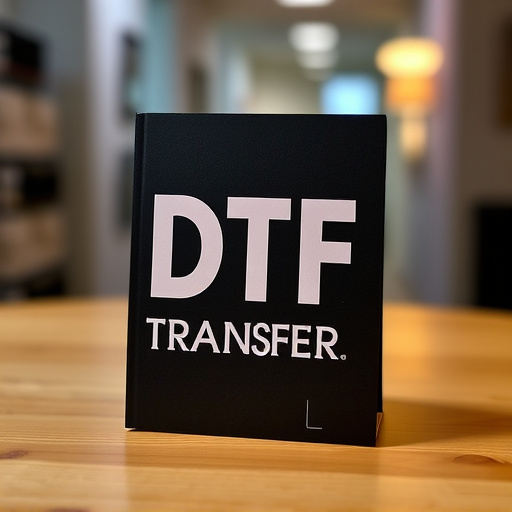
DTF transfer is an innovative printing method for apparel, offering vibrant, long-lasting prints on…….
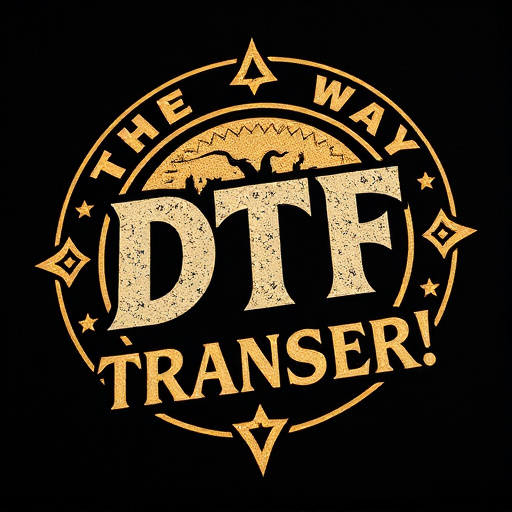
Transfer orders (DTF) are a key strategy in modern supply chain optimization, enabling direct commun…….

DTF (Direct-To-Final) transfers offer a cutting-edge printing solution for high-volume orders with c…….
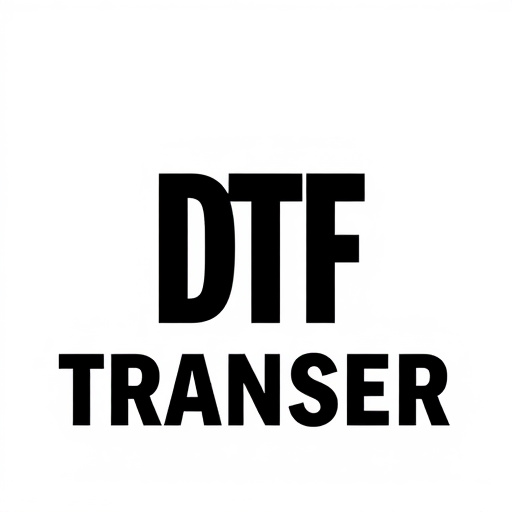
DTF Printing is transforming textile production by streamlining transfer orders with fast, accurate,…….
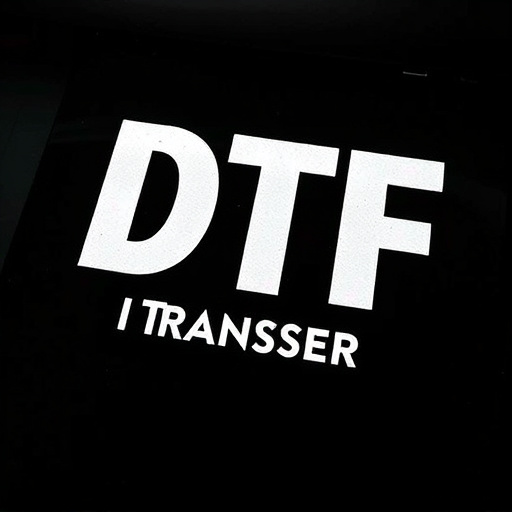
The Direct-to-Film (DTF) transfer process is an innovative printing technique for large-scale produc…….
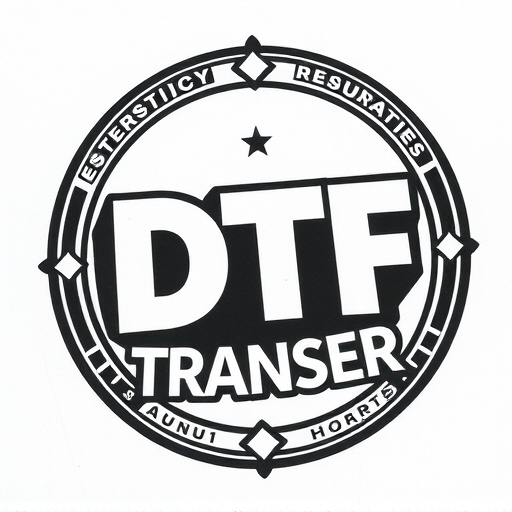
Transfer orders, or Direct To Factory (DTF), are a key supply chain management strategy that streaml…….
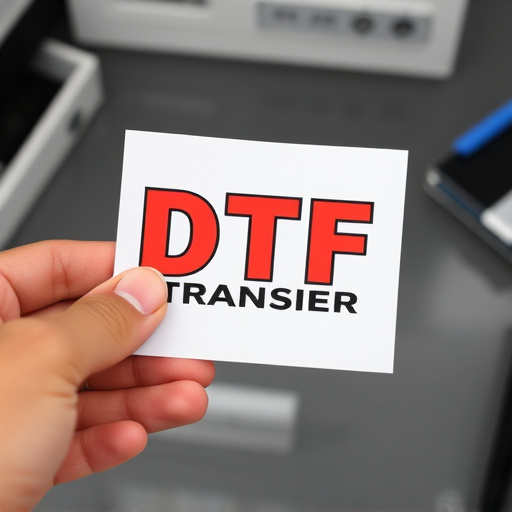
DTF Printing revolutionizes transfer order fulfillment by offering fast, precise printing on diverse…….
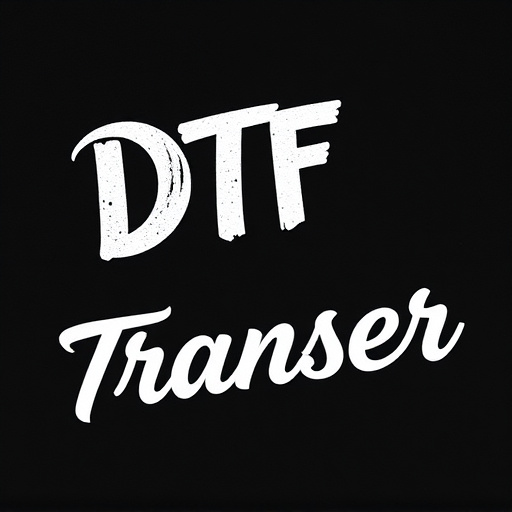
The Direct to Fabric (DTF) transfer method is revolutionizing the textile industry with its advanced…….